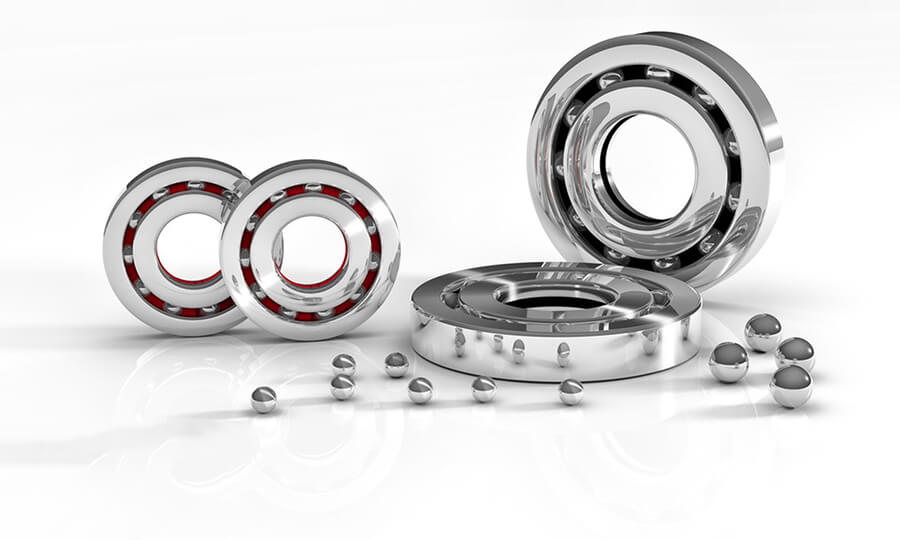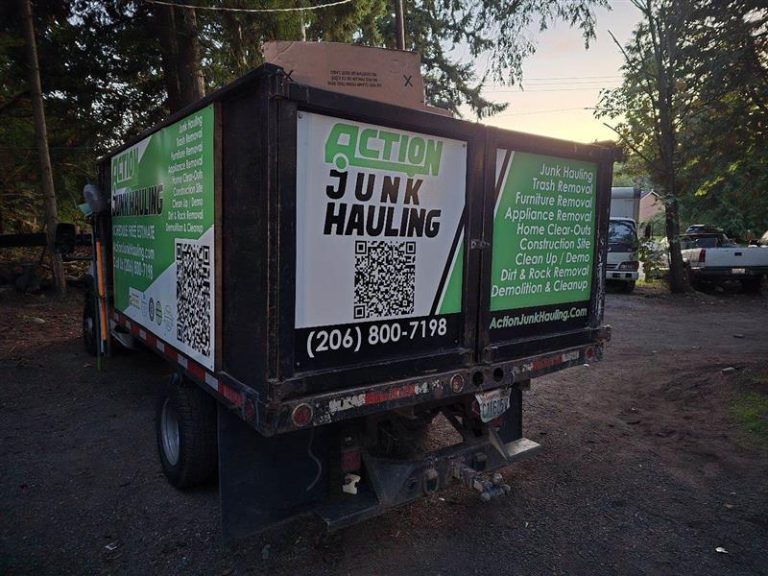Reasons to Invest In Premium Bearings

Understanding where to get high-quality bearings is essential since bearings are precise parts that play a significant role in manufacturing. The bearing is one of the minor parts that can suffer significant wear and tear from the responsibility of maintaining the least amount of friction between moving parts. Furthermore, the quality of your bearings will remain essential to minimizing downtime and guaranteeing the continuous operation of your gear, regardless of whether you select ball or roller bearings to match your transmission loads.
What makes purchasing high-quality bearings important?
Purchasing premium bearings is similar to making any other significant investment in your business. When it comes to operating and maintaining machinery and procedures, the investment in quality will pay off handsomely.
A high-quality bearing can result in long-term use, fewer maintenance costs, less downtime, and the continuous operation of all other transmission-related components, whether they are used in food production, power generating, maritime, or other industries.
Having high-quality bearings from reputable companies can actually:
- Prevent the bearing from failing too soon.
- Reduce total idle time.
- Avoid unplanned shutdowns.
- Reduce transmission operating costs.
- Accept greater transmission loads.
- Prolong the duration of the operation.
How do you recognize good bearings?
There are three methods for determining the quality of bearings: investing in reputable brands, doing a visual test, and the rocking test.
Make trusted brand investments
You have access to a large number of reliable bearing manufacturers through your bearing supplier. Take into account the average bearing ball grade that each manufacturer produces and have faith in the quality offered when purchasing needle bearings ball bearings. Make sure to consult the bearing dimension table (ตารางลูกปืน, this is the term in Thai) to match your requirements.
Make sure the brands you choose are reliable by looking for certified products. One organization that focuses on product quality assurance, such as bearings, is the International Organization for Standardization (ISO). The bearing should be labelled with “ISO” and a code of numbers that indicates the certification if it has the necessary certification.
Finish the visual assessment
Depending on the bearing size, completing a visual inspection of the bearing using clean gloves and a magnifying glass can assist in determining the bearing grade and quality. To make sure the bearing has not been harmed by a broken seal or improper lubrication, check for the following:
- Unusual noises coming from the bearing
- Discoloration all over or in specific areas
- Any rolling element (ball or roller) that exhibits flaking
- Rust on the cage, outer ring, and inner ring
- Fractures within the bearing
- A spinal misalignment
- Debris or dirt around the bearing
- Insufficient lubrication
- Heat originating from the rotating bearing
Utilize the Rocking Exam
One helpful inspection technique to make sure the bearing ball grade lasts the whole life of the bearing is the rocking test. A bearing may occasionally seem high-quality and commensurate with its grade, but it may falter and deteriorate with use or improper shipment and handling. By using a rocking test, you may inspect your bearing to ensure its longevity and identify any unwelcome wear.
Lay the bearing flat and press on both the top and bottom of the bearing to finish the rocking test. This should recognize any movement in the wheel or other bearing components and produce a rocking motion, hence the name.







